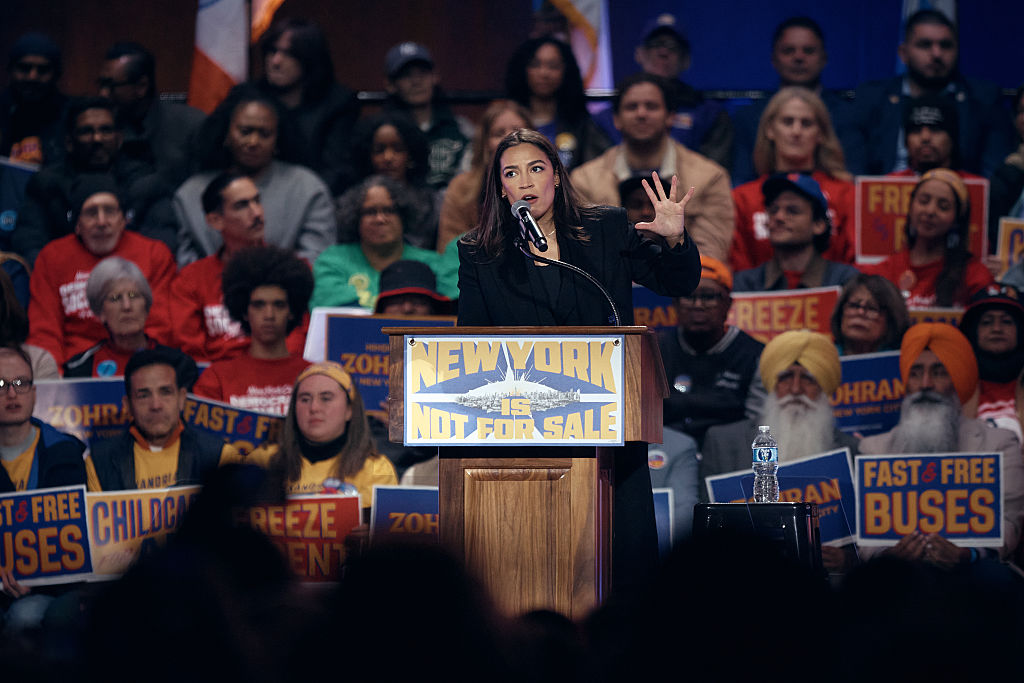As Americans confront high inflation rates, tumbling prices at the gas pump are at least giving them a little relief. Brent Crude, the global benchmark for oil, has declined by 27 percent from its $127 peak six months ago. Gas prices in the United States, which were averaging just over $5 a gallon earlier in the summer, are now in the $3.72 range. That means Americans are saving $10 to $15 every time they fill up their tanks.
Yet crude is a global commodity, and its price can fluctuate for any number of reasons — war, recession, and an economic slowdown in China to name but a few. So even as the United States reduces its dependence on Persian Gulf oil and transitions into one of the world’s leading suppliers of crude, OPEC, the Organization of the Petroleum Exporting Countries, is still a force to be reckoned with. The group and its allied producers recently put any doubts over that proposition to rest when they announced a small cut in production this week, boosting oil futures by nearly 3 percent.
In terms of numbers, the reduction isn’t significant. According to OPEC’s official press statement, production levels will decrease by 100,000 barrels per day in October, a paltry 0.1 percent of global demand. The new quotas will come as a relief for producers, including Saudi Arabia, that have either maxed out their production capacity or are getting close to the breaking point.
But a number on a spreadsheet is only half the story and it glosses over the most important part. The cut isn’t necessarily what’s relevant — it’s the signal the cut is meant to deliver.
First, it should be noted that yesterday’s decision cancels out the 100,000 barrel per day increase OPEC+ had settled on in early August, two weeks after President Biden traveled to Saudi Arabia to fist-bump Crown Prince Mohammed bin Salman. That July trip to Jeddah was the most controversial of Biden’s tenure thus far, leading human rights activists to blast him for caving on his principles. Biden’s op-ed in the Washington Post, where he sought to explain why his visit to the Middle East was necessary, did little to quell the uproar. Yet the president did at least walk away with a commitment from the Saudis to boost production, even if it was a far smaller increase than he’d hoped for. With the latest decision, however, even that small increase is dead until further notice. It’s yet more proof that Riyadh, like oil producers everywhere, makes oil policy based on its own interests.
Second, the oil reductions are a reminder that the world’s traditional crude suppliers still wield an enormous amount of leverage. Washington may no longer rely on the Middle East for the black stuff to the extent it did in the 1990s and early 2000s, but OPEC is and will remain the indisputable heavyweight in world oil markets. As long as industry depends on crude to function, OPEC will continue to possess influence and use it, either to pad the budgets of its member states or to price competitors out of the market (Aramco, the Saudi state oil giant, has tried to bankrupt US shale companies on multiple occasions). About 80 percent of the world’s proven oil reserves are located in OPEC member states, and the cartel is responsible for more than half of the world’s output. Put simply: oil is power.
Oil, of course, also results in a money windfall for producers. For Saudi Arabia and the United Arab Emirates, OPEC’s major members, keeping as close to the status quo as possible is the name of the game. The high oil prices have been a bonanza for Aramco, which gobbled up more than $48 billion in revenue over the first half of the year, a 90 percent increase from the same period a year earlier. This translates into bigger state budgets, which for MbS (a man with grand ambitions) means the continuation of projects that he hopes will remake the kingdom into the Middle East’s economic center of gravity. Economists at the International Monetary Fund have projected that Saudi Arabia is one of the fastest-growing economies this year. This simply wouldn’t be the case if the price of oil wasn’t hovering at or near the three-figure range.
The Saudis aren’t taking this for granted. If the United States and Iran successfully wrap up their nuclear negotiations, Tehran will be free once again to sell its crude legally. According to one energy analyst, Iran could put 1 to 2 million barrels per day on the market rather quickly, which means an abundance of supply and lower returns (not to mention more competition) for the Saudis. While the nuclear talks have again hit a standstill over last-minute disputes, Riyadh doesn’t want to see oil drop to $65 a barrel and is therefore signaling to the market that adjustments will be made in the event Iran is able to return as a full player. Frankly, OPEC has gotten used to $100 a barrel crude, and it has no intention of going back to the days when supply vastly outstripped demand.
Americans shouldn’t assume prices at the pump will continue their slow downward crawl. OPEC will make certain they don’t save too much.

























